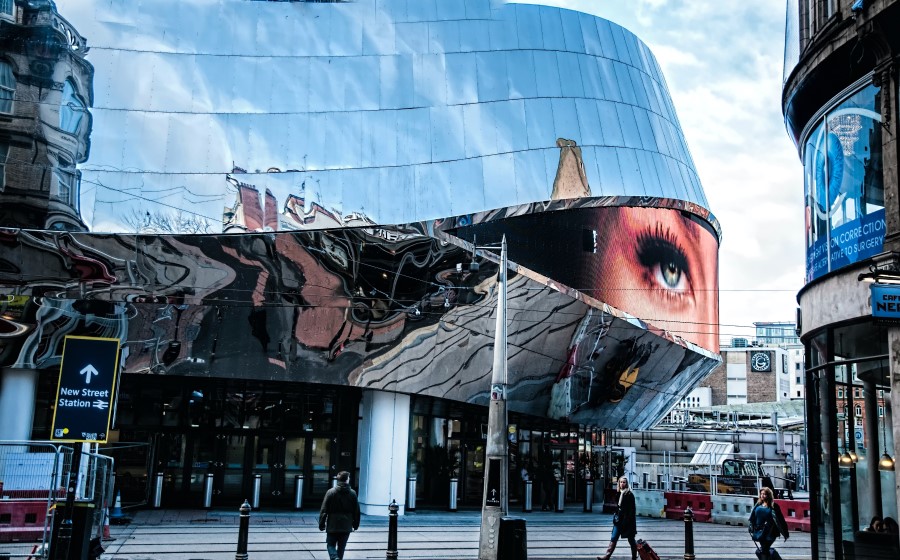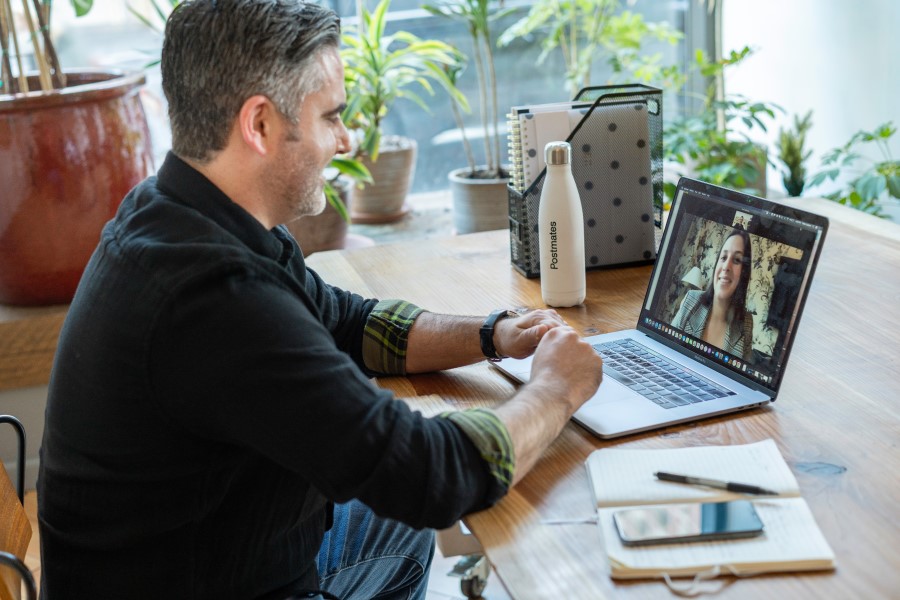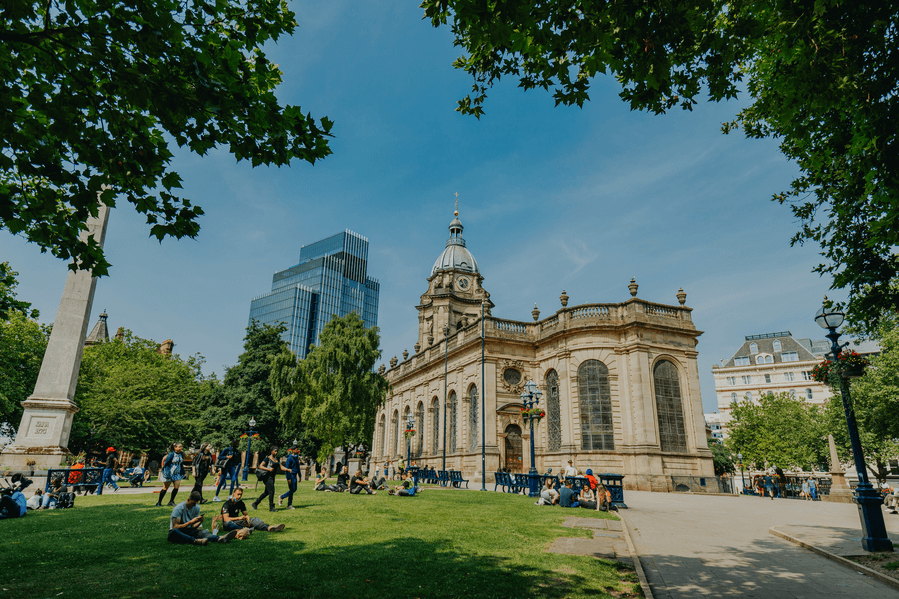Kevin Johnson from Urban Communications discusses the future business district study and how this research can benefit city centres.
This blog post was produced for inclusion in the Birmingham Economic Review for 2021.
The annual Birmingham Economic Review is produced by City-REDI, University of Birmingham and the Greater Birmingham Chambers of Commerce. It is an in-depth exploration of the economy of England’s second city and a high-quality resource for informing research, policy and investment decisions.
This post is featured in Chapter 4 of the Birmingham Economic Review for 2021, Connected Places: Foundations for Growth
Click here to read the Review.
Predicting the future might be fun but, for professional players, it can be a mug’s game. From the global financial crash to Brexit; from Trump to COVID-19, there are few engaged in politics or economics careers who have accurately forecast all the seismic events of the last decade or so.
Establishing the study
When the Future Business District study was established, we wanted to go under the bonnet to analyse the underlying trends in which COVID-19 was supercharging. We set out to develop scenarios – rather than forecasts – along with ideas and interventions that would be useful to businesses and policymakers.
Even as the first wave of the pandemic receded and some started to plan a return to the office, COVID-19 came back to bite. Opinions on post-COVID-19 working have shifted, often several times as the pandemic passed through its waves, but some central themes have endured.
Anne Green from City-REDI/WMREDI, who led the research, highlights some of the key issues to emerge from the study on these pages, including attitudes to transport and safety; greater emphasis on collaboration activity as well as the growing importance of culture and connectivity as drivers to the business district.
Birmingham
Birmingham’s offer remains powerful – a well-connected location with a young and diverse population. Home to world-class businesses and universities, our business, professional and financial services sector continues to be a driving force in the region’s economic renaissance.

The clustering of BPFS firms alongside the likes of HS2, BT and more recently Goldman Sachs enhanced by culture, hospitality and retail offers with transport connectivity has given effect to the agglomeration effects felt in Colmore Business District and beyond. There is nothing to suggest these attributes will be any less attractive, but we will need to work harder to promote the full range of assets on offer.
There are already positive signs as most restrictions fall away, with purchasing managers reporting positive data and business sentiment and job vacancies on the up.
Hospitality and the Retail Sector
Hospitality, retail, and culture have been significantly affected by the pandemic. Birmingham 2022 Commonwealth Games comes at an opportune time in the drive to return business tourism – another important component of Birmingham’s economy in recent years – to where it was and beyond.
Talent and Diversity
Access to talent and quality of life were already key drivers, but they will be increasingly important to investors.
Much of what went before will remain, but not everything will be the same. As we heard through interviews and workshops conducted in Spring 2021, mindsets have changed. But we don’t face a binary choice, we were told, as there will be differences across businesses, mistakes and changes will be made along the journey and there will be no single destination for how, where, and when we all work.
Working from other places
To underline the spectrum of experiences and opinions from research participants, these comments reflect what we heard:
“City centres are very unique places that you can’t replicate from your dining room or home office, or even some town centres and neighbourhood centres”
“You don’t have to be present to be productive”
“Zoom and Teams are levellers”
“Let’s make sure we don’t just fall into the trap of going back to normal because normal wasn’t perfect. Let’s go back to a better normal.”
Firms are already demonstrating agility and flexibility in how they operate, optimising their building space in the city for collaboration, keeping employees safe, and taking advantage of the benefits of hybrid working. The rapid adoption of technology is one of the positives to emerge from this very challenging period.

As curators of this leading business environment, Colmore Business District and its partners will adapt to the evolving demands of occupiers and visitors, helping businesses to increase the economic value generated in the area and make it even more open and inclusive.
We know that employees and employers value the features of high-quality office facilities and a wider business environment, underlined by dramatic improvements in Birmingham’s office market in the second quarter of 2021 with commitments such as Arup to One Centenary Way in the Paradise development.
The office was already becoming a destination in its own right, with that trend set to grow.
An even greater appreciation of green and open spaces is evident from the study, as is the priority attached to health and wellbeing.
It’s the space between that makes the Colmore Business District and a wider city centre that makes it attractive to businesses and professionals. Curating this space between – balancing business, culture, and open places alongside a transformation of retail, residential, and transport use – will play a big part in its post-COVID-19 success.
View all our research on the Future Business District
This blog was written by Kevin Johnson, project director for the Future Business District study, a project curated by Colmore Business District backed by Birmingham City Council and West Midlands Combined Authority and a range of partners.
Disclaimer:
The views expressed in this analysis post are those of the authors and not necessarily those of City-REDI / WMREDI or the University of Birmingham.

